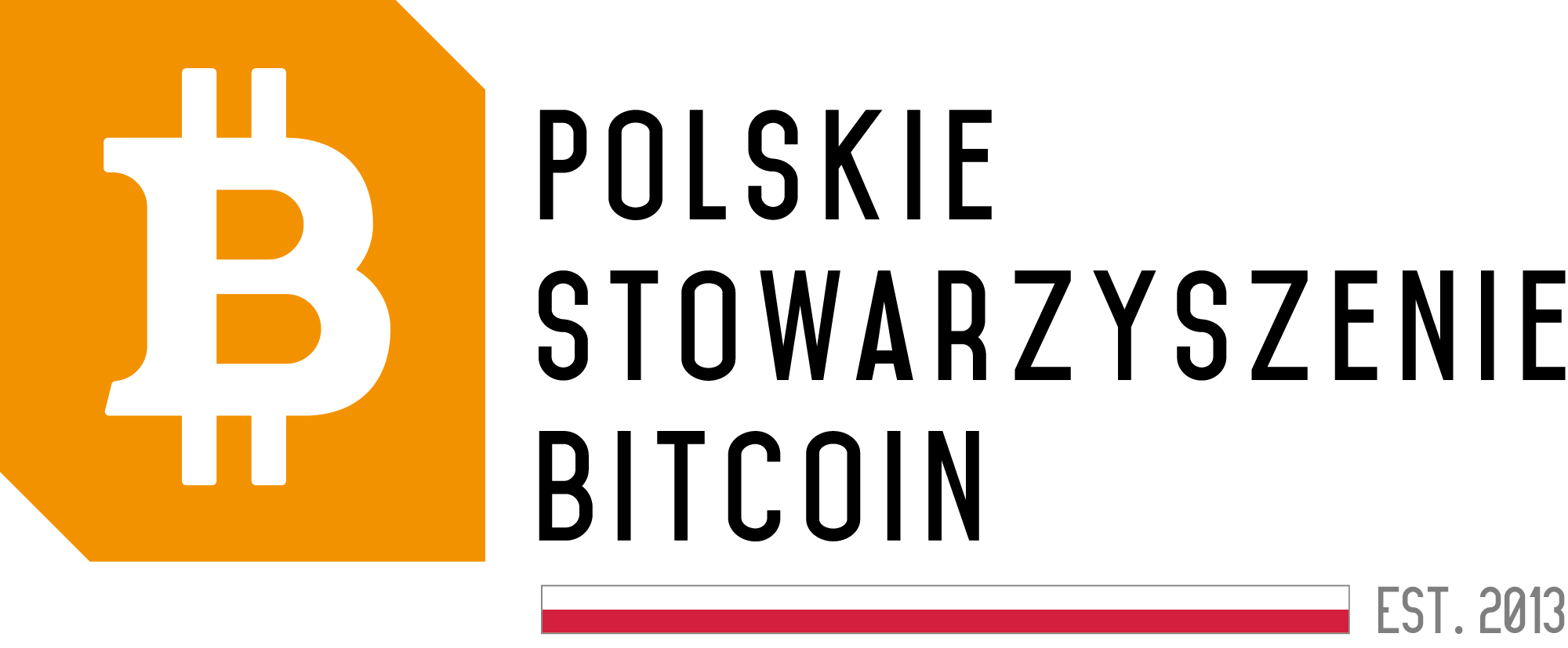Upcoming Bitcoin Block Reward Halving and the Role of ETF Funds: Risk Analysis and Potential Impact

ETF Spot Funds and the Upcoming Bitcoin Block Reward Halving
According to Glassnode, a company analyzing the cryptocurrency market, the upcoming Bitcoin block reward halving may not have the same supply shortage effect that the market might expect. The reward halving, also known as “halving,” is a cyclical event for Bitcoin, involving a reduction in rewards for miners adding blocks to the network. The next reward reduction automatically occurs approximately every four years, after around 210,000 blocks have been added to the blockchain. The next reward reduction is therefore just around the corner.
The Role of Spot ETF Funds in the Cryptocurrency Market
The reduction in block rewards is traditionally seen as a factor conducive to the rise in Bitcoin prices, due to the supply constraint. However, current market conditions differ from historical ones, mainly due to the existence of spot ETF funds. These funds have introduced significant demand for Bitcoin, and their large scale could act as a preventive measure against the expected supply effects of the halving.
Analysis of BTC Flows and Bitcoin ETF Funds
Data analysis shows that flows related to Bitcoin ETFs were significantly greater than the amount of BTC entering circulation through mining. The degree of supply reduction caused by ETF activities may therefore result in the expected supply shortage effect of the upcoming block reward halving not being as pronounced as anticipated.
Risk of Excessive Bitcoin Price Decline
Although the supply reduction may be offset by flows related to Bitcoin ETF funds, net flows from ETFs influenced by changing trends may also pose a risk of excessive price decline. Currently, there have been negative net flows from Bitcoin ETFs for four consecutive days, suggesting the possibility of a shift from an upward to a downward trend. The price of Bitcoin, which rose above $68,000, then fell to around $64,200, sending a significant signal to investors monitoring the cryptocurrency market.





